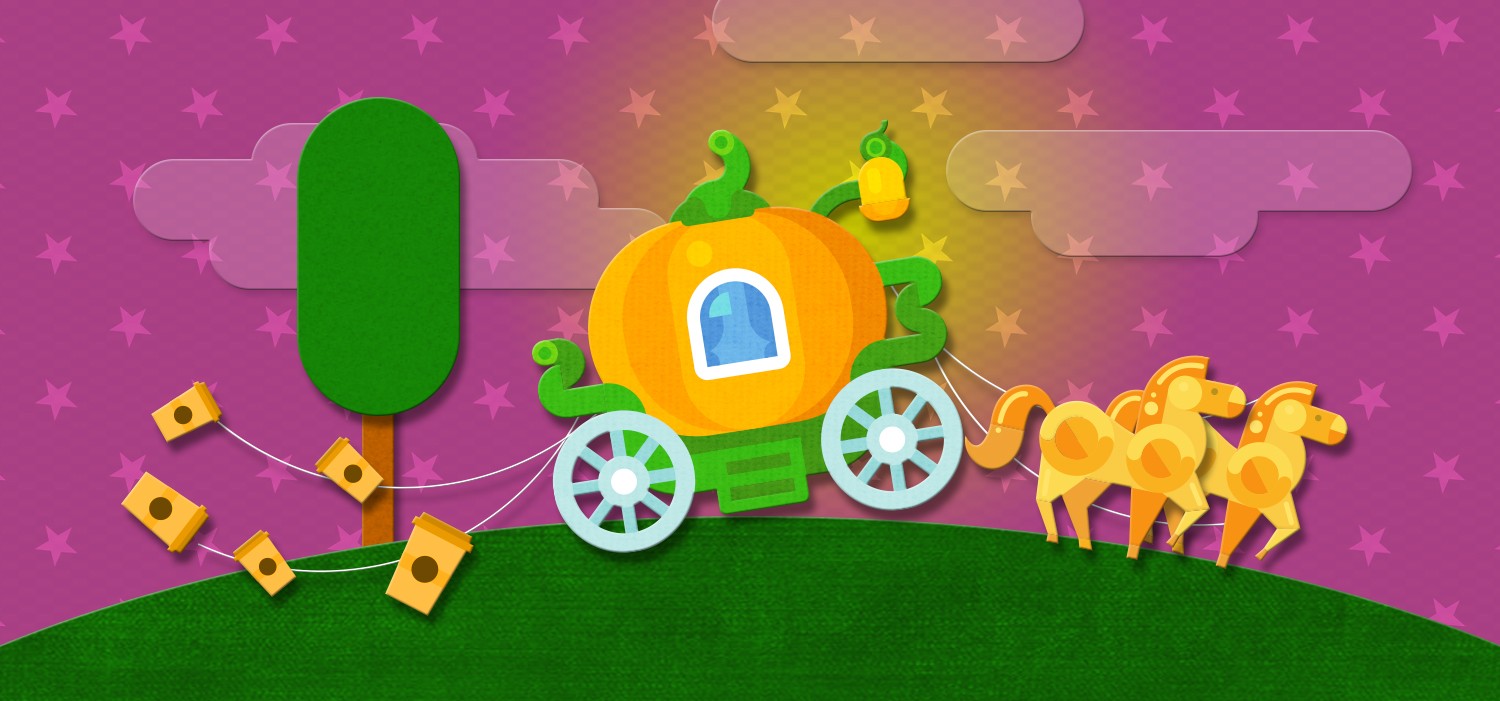Are You Friends with Trends?
Welcome to the Autumn season, one of pumpkin spiced beer, ice cream, coffee, candy, candles, and more. So ubiquitous is the flavour that one might wonder if creativity can spring forth amidst this annual wallflower of a trend. But with companies hopping aboard the magical pumpkin carriage, can a marketing strategy for a squash flavoured anything really piggyback off the coffee shop next door?
We’ve seen it all before. Star Wars became the shepherd of its own trend. To promote The Force Awakens in 2015 you need only enter a grocery store to find everything from crackers to cream with a Stormtrooper’s mugshot on its label. It might have encouraged people to switch to a new brand. People bought things with Star Wars because of fan loyalty, not exclusively brand loyalty. A success story. Or maybe it was the Force.
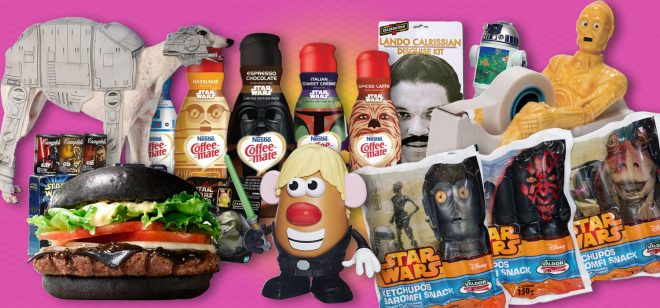 This either makes you very happy or very confused.
This either makes you very happy or very confused.
The more familiar, the better then? Take the humble meme. In 1976, Richard Dawkins coined a meme as a “package of culture.” For example, Wonderful Pistachios hopped on the Honey Badger and Keyboard Cat train (both memes already Internet meme sensations). The disadvantage with using memes in a campaign is that they’re quick in becoming become redundant; popular, yet ignored. Sometimes you get really lucky and your brand becomes the meme. Take Dos Equis’ Most Interesting Man in the World, with the tagline, “I don’t always drink beer, but when I do, I prefer Dos Equis.” Instant meme fodder, with countless images circulating of the mascot, albeit with changes to the tagline. Dos Equis enjoyed free advertising, the Internet got memes. Feel free to create your own here.
 We don’t always do memes, but when we do, it’s of all the memes.
We don’t always do memes, but when we do, it’s of all the memes.
And who doesn’t enjoy free advertising through customer interaction? Enter the QR code. The quick response code appeared everywhere overnight. Businesses wanted them on flyers, companies stamped them on product labels. It was new and people were intrigued with being able to scan the codes with their phone to unlock hidden information. It was seen as having an ad within an ad. But when a code led you directly to a website, it become rather predictable, very fast. Rather than unlocking a reward for participation, codes often took you to a company page without reward. In some cases QR code advertising appeared in places without wifi or connectivity. The codes were a nuisance on most smaller labels, already competing for space alongside barcodes and nutrition labels. After a while, companies were simply adding them because someone else did, while people grew inconvenienced with having to pull out their phone, download an app to scan a code, wait for the page to load, and be irritated by a non-mobile optimized site.
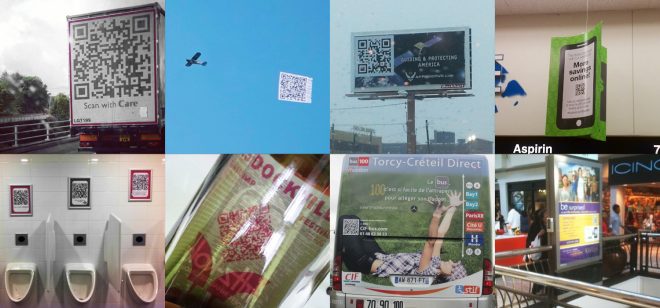 How not to use a QR Code. Source: Econsultancy
How not to use a QR Code. Source: Econsultancy
Good thing for the hangers-on of the code that many companies nowadays have responsive versions of their sites. They even took the extra step of having their site completely revamped. Some of those redesigns featured Parallax, a way of simulating varied depths of view with code (here’s some good examples). Viewers were engaged and rewarded with effects triggered as they scrolled through a page. However, it became tedious to have to move through an entire page to access information, leaving annoyed viewers scrolling rapidly past effect or bit of information meant to be seen. Many pages are too long, with too much going on. It was a combination of designers going gaga over this innovative presentation and companies requesting the cool new look that ultimately led to a fade in popularity. People now expect pages to appear, not load. Most parallax sites aren’t mobile-friendly. And say goodbye to meta tags, as most parallax sites aren’t optimized for search engines. Parallax, at the very least, still gets an “A” for the craft.
 So Parallax that even Doge would rip on it, who was also overdone.
So Parallax that even Doge would rip on it, who was also overdone.
On that note, let’s examine craft beer. Need we say more? It seems everyone is brewing it. Picture the old-timey vintage labels, limited batches in every flavour you can imagine. The fact that craft breweries are actually becoming common might taste a little flat in the sea of specialty beer. So what’s keeping this trend alive? Beer itself. People will always drink beer and craft beer swerves around the ruts of timeless two-four standbys. So while everyone is crafting it, everyone is also buying it, with no real complaints other than running out of a really good brew. Bottoms up!
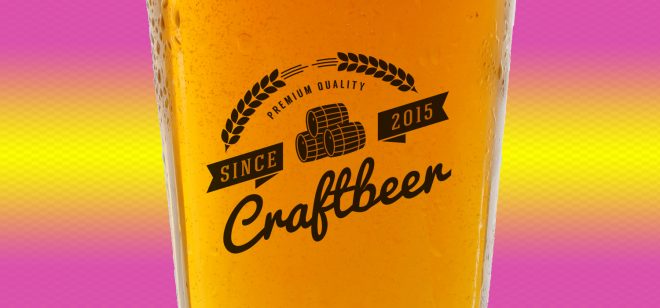 Craft beer? We’re not complaining.
Craft beer? We’re not complaining.
Sometimes trends work to create viewer participation. Take the Harlem Shake. More of a meme, as a wide variety of participants have uploaded videos featuring variations of the dance, this phenomenon effectively became the first crowd sourced video. The result? Sales of the Harlem Shake song were significantly driven by the craze, much to the dismay of Harlem residents as the dance in the meme videos was unfaithful to the original dance. After hundreds of companies started uploading their own versions with the intent of self-promotion, it became apparent these efforts were lost in the saturation of the trend. The focus was on the song and the variety of dance, not on any one company. At the end of the trend, viewers spent an estimated 2,782 years watching Harlem Shake videos in a single month, hours that might have been invested in more original content from advertisers.
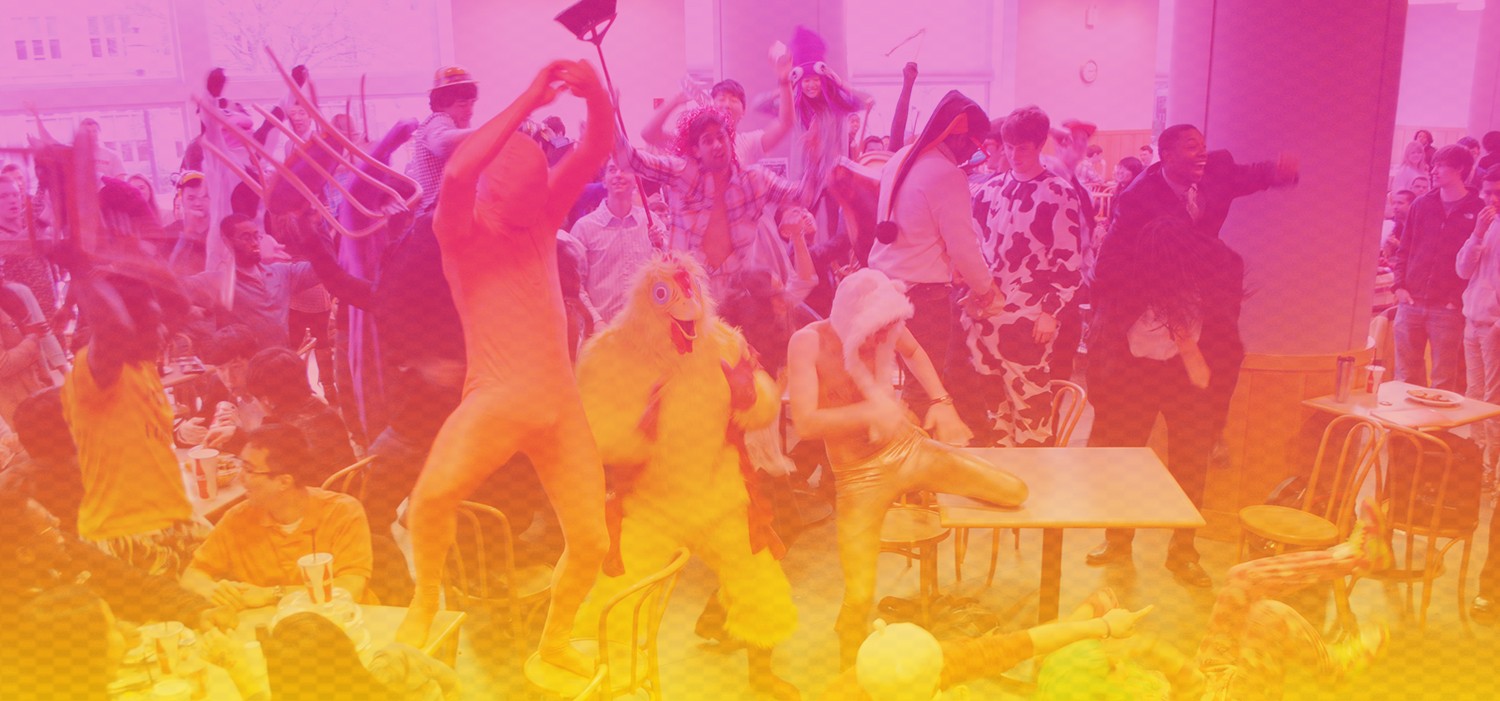
At least the costumes were original.
If you’re set on climbing aboard a trend, consider the where, why, when and how of it all. Examine the numbers, participate in the action, and be prepared to get off at the right stop. That fun ride might just end at the stroke of midnight.
